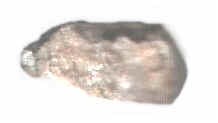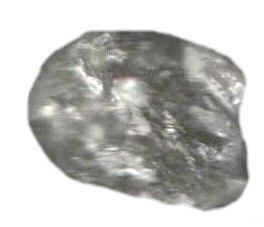Calcareous rocks are sedimentary formations and are principally composed of chalk and contain much calcium.
They are formed
1. organically through the compression of organic substances such as shells and plants e.g.chalk
or
2. inorganically by chemical reactions between rocks and water e.g limestones.
Chalk is formed by the acculmulation and then compression of dead plants and animals. Therefore many fossils are visible and these can be used to date the rock. Much of the chalk evident in the UK was formed in the cretaceous period 60-140 million years ago. Nearly all chalk contains over 90% calcium carbonate.
Limestone Chemically formed calcareous rocks such as limestone are light coloured and are formed by the evaporation of water containing calcium carbonate. Therefore they may be found near hot springs. The result of this process in limestone caves may result in the formation of stalagmites and stalactites.Examples of limestones include calcite (calcium carbonate) and dolomite (calcium magnesium carbonate).
Chemically precipitated limestone may contain evaporites such as gypsum, halite (below left) or oolites (below right), which are made up of tiny oval shaped particles.
Limestone may also form from the precipitation of sea water. This type of limestone may contain many fossils.



